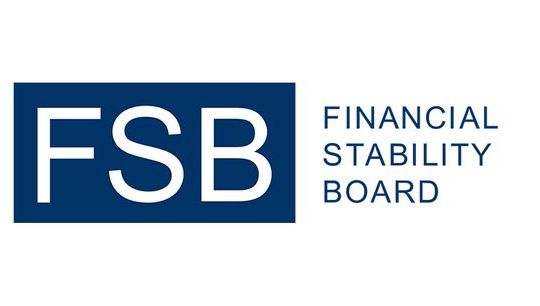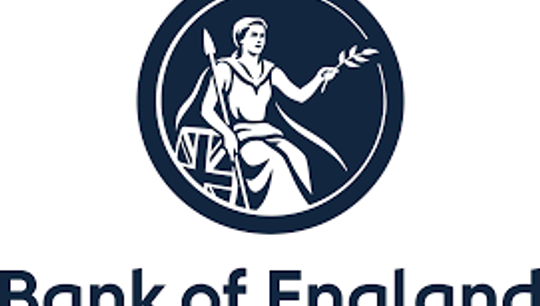2023, the dawn of private credit and the question of asset allocation
By Karthik Athreya, Sundaram Alternates
Published: 20 March 2023
What a year 2022 has been! Just when one thought one has lived through a global pandemic and survived, a rampage of economic missiles appear to have been fired across the world – the supply chain disruptions post-COVID with countries turning inwards, the Ukraine political war turned human disaster turned refugee social crisis turned leadership crises, oil and energy wars continuing amidst climate change measures, a giant global inflation bomb bankrupting several economies and marginalising entire continents. At a more individual level, regular income earners are seeing their capital eroded even before they spend it and wondering what they must do to keep their lifestyles going.
With the 2022 chapter now closed, we can reliably expect to see the following for the rest of 2023:
- The inflationary environment continuing for the next 12-18 months
- Rising rates / tight monetary policy ecosystem – unless local central banks decide otherwise
- Volatile currencies as global macro waits in anticipation of recessionary trends
- The next episode of the battle for world trade domination between “oil”igarchs, the alleged “super”powers and the “con”munists - collateral damage on price-takers across the world
Meanwhile, all Indian investment/asset managers sell the ‘virtues of the Indian economy’- US$3.2 trillion GDP, growth rates of 5-15% (depending on who’s selling what), analogies comparing the Indian economy to China, the USA, Japan etc., seemingly a super low-leveraged economy (~US$2.2 trillion leverage and a debt-to-GDP ratio of ~0.9x), the rocket-ship that is the Indian equity markets that has a heart and mind of its own.
All fingers point to the massive dosage of equity that India can absorb.
At the same time, over the last decade and a half, global macro material events like war, mega corporate scandals/market collapses, shifts in political/leadership paradigms, shorter business cycles, and super-volatile currency markets, not to mention a global pandemic like COVID (and the possibility of its recurrence) have resulted in a new normal of uncertainty that requires tremendous awareness, agility and flexible capital to take advantage of opportunities in a global inflationary phase.
Private equity, private debt, alternate capital, sustainability, transition capital and many other new-product nomenclatures greatly accentuate the importance of asset allocation or portfolio mix which is likely to prove critical for investors the world over in this new normal!
While benchmark returns from historically perceived safe/risk-free returns have changed, they do not seem to be keeping pace with cost-of-living increases.
As an investment professional, I would believe that the key goal of an investment product would be to both preserve capital and generate risk-adjusted returns that meet or preferably, beat projected inflation. I prefer to call this asset class a “hedge against the cost of living” for an individual investor or “an anchor for portfolio stability” for a typical growth investor in India who is targeting double-digit returns. This is my definition of private credit.
As a part of the investing community in India, an interesting set of data points for me in India versus more developed / sophisticated markets (excluding China, which is an animal of its own):
- In India over time, banks and public debt markets account for ~80% of the overall debt / GDP Vs say ~20-30% in the USA – banks have been the largest risk takers in India.
- Conversely, NBFCs / alternate capital contributes to ~20% of India’s GDP Vs ~50-60% in the USA – extraordinary room for alternate asset classes to grow in India.
Regulations are increasingly focusing banks towards social lending, consumer banking & traditional project finance versus risk capital (barring maybe to the top 5-10 corporate houses in the country). For the vast majority of the rest of corporate India, capital needs are increasingly financed by equity markets & private capital alternatives that include NBFCs / funds / private lenders. This is estimated to be an annual US$13-22 billion investment opportunity growing at 10%-15% annually.1
So, a preferred portfolio mix for Indian investors could be longer duration strong equity propositions and assets that are credit-like from a capital protection perspective and yet generate quasi-equity-type returns for investors. To this end, the credit opportunity in India stands at an inflexion point, making this a strong case for increasing asset allocations.
- Corporate credit to GDP is at a decadal low (~53% in March 2022 vs ~69% in March 2012)
- Banks focus on low-risk weight highly rated assets – leaving a void in the mid-market credit
- Re-start of private capex / growth investments after 5 years of stagnation post-restructuring, consolidations, post-COVID growth momentum etc.
- Unmet growth capital demand from small and midsized corporates is estimated at ~US$8-10 billion and growing
- Post RERA corporatisation of the ~US$180 billion real estate sector - ~1% to ~8% of GDP growth (over 2 decades) – sustainable consumer of high-yield financing
- Steady evolution of bond markets - mushrooming marketplaces that are able to price illiquid private fixed-income instruments
- Opportunistic, shorter cycle investments across listed bonds, special situations, IBC / NCLT-driven discounted assets and the like
The above are drivers for a rapidly growing alternative asset class of innovative public & private investment products which should provide investors with a greater chance of protecting their ‘cost of living’. Within this, I see great opportunities for investment managers to create a robust set of high-yield investment opportunities backed by ‘real assets’ and credit enhancements to get to ‘investment grade’ status. The asset under management (AUM) of AIF funds stands at ~US$39 billion as on June 2022 with an additional ~US$48 billion commitments to be deployed (up from ~US$1.1 billion 7 years ago). 2
Alongside product diversity, we are already seeing a growing sophistication amongst investors in terms of the creation of multi-family offices, product specialisation within investment advisors & distributors, regulatory changes that allow insurance companies/banks to participate in AIF vehicles and new fund domiciles like the GIFT City where large offshore capital pools can set up and operate (a financial education hub if you will).
From a market & economic perspective, a wish list for 2023 could look like this:
For Corporate India:
- Capital to fuel the ~7.5% GDP growth that the government is forecasting
- Flexible capital for small to mid-sized companies (that makeup ~40% of GDP)
- A non-material dent in corporate earnings (if inflation does not hurt more) – the ability to operate at cash positive
For Investors:
- Enough choices among equity and fixed-income products to create ideal portfolios for all categories and scales of investors
- Investment products that generate risk-adjusted returns at premiums to inflation
For Investment / Fund managers:
- Massive opportunity to create innovative products with this market opportunity
- Be a catalyst for investor sophistication & scale in India
1 Source: EY Private Credit report Nov 2021.
2 Source: SEBI website.
Disclaimers
The author is on the Board of Sundaram Alternate Assets Limited (SA), which is an alternate assets investment manager with ~INR 5000 crores of assets under management across equity strategies and private credit. SA also manages several private credit funds across real estate and mid-market lending opportunities and has generated ~15%+ returns from its credit funds for its investors from its senior secured investment portfolio.
The above article represents the personal views of the author and does not reflect the views of SA. Consequently, all investment ideas, stated return targets etc reflect the author’s views on the market and based on his investment experience.
Securities investments are subject to market risks and there is no assurance or guarantee that the objective of the investments will be achieved. The statements contained herein may include statements of future expectations and other forward-looking statements that are based on our current views and assumptions and involve known and unknown risks and uncertainties that could cause actual results, performance or events to differ materially from those expressed or implied in such statements








